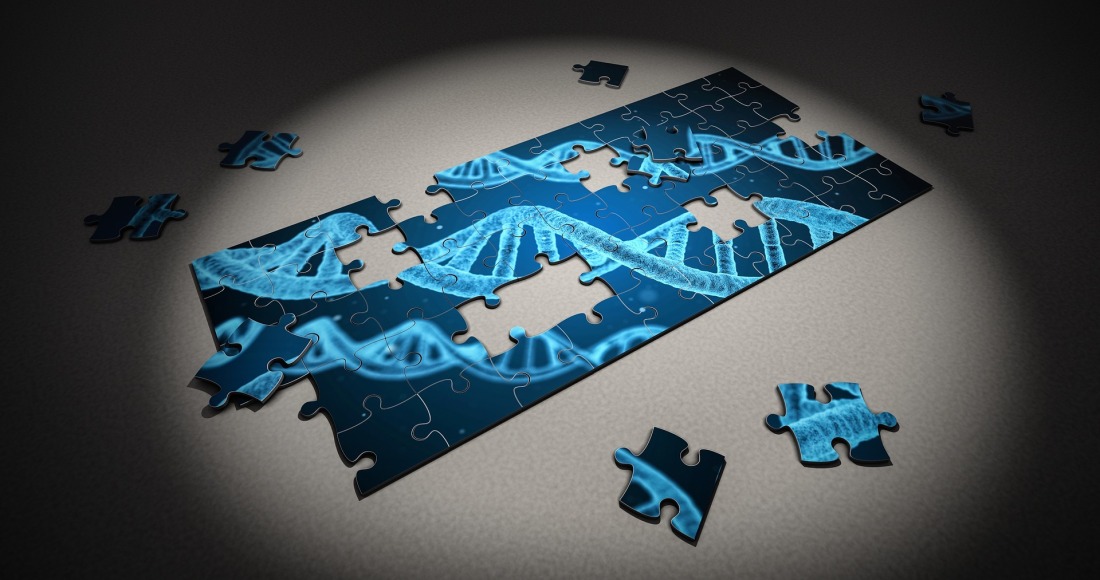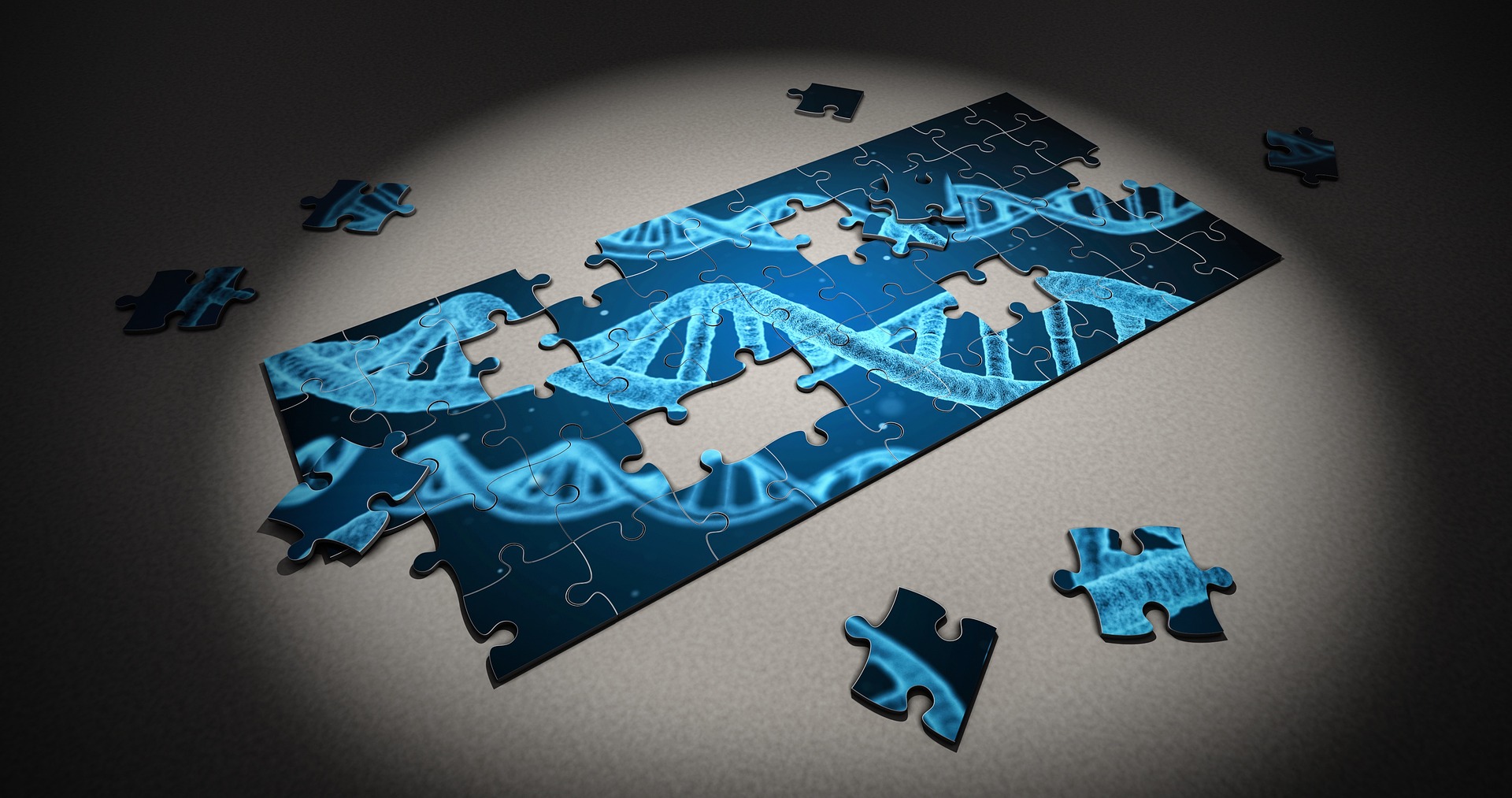By Alma Laney and Alison Bernstein
This post is the sixth and final post in a series about transgenerational inheritance, epigenetics, and glyphosate that address questions raised by the publication of the paper, Assessment of Glyphosate Induced Epigenetic Transgenerational Inheritance of Pathologies and Sperm Epimutations: Generational Toxicology.
Do the reported results support the conclusions from the authors?
In the conclusions section of the article, the authors had this to say:
Glyphosate exposure of the F0 and F1 generation had negligible toxicity and pathology, which supports direct exposure having low risk, however, the transgenerational germline mediated inheritance promotes significant pathology and disease.
Unfortunately for the authors, it is difficult to draw these conclusions from the data presented. The experimental design issues may have doomed the experiment before it began. This may be more of an issue of inadequate reporting and the experimental design may actually be fine – we just cannot tell from looking at this paper.
Even if the experimental design is actually appropriate, the other issues we have described make it very hard to conclude that the observed pathology is a result of glyphosate-induced transgenerational epigenetic inheritance and not another confounding effect that is independent of glyphosate. As to whether this is relevant to humans and real-life exposures, the dose is clearly too high to have any real relevance to real-life scenarios.
Reporting from both “sides” has not accurately explained this study
In a completely predictable manner, reports on this study have ranged from citing this study as proof positive that glyphosate is dangerous and should be completely eliminated from use, such as the recent releases from Moms Across America, to the knee-jerk reaction of the skeptic community with invalid criticisms of the problems with the study and complete dismissal of the idea of epigenetic inheritance.
The question of how epigenetic changes are inherited across generations in complicated and very unclear at this point. Even with one of us (Alison) working in the field of developmental neurotoxicity and epigenetics, it took a lot of time to dig into the methods and results to understand what was going on here.
Alma’s experience with this paper is informative and a useful reflection on the importance of recognizing the limitations of our expertise.
I myself fell into this trap despite my training including coursework on epigenetics, albeit it was epigenetics in microbes, which is different than what happens in plants and animals. When I first read through the study, I too noted the Venn diagram and how there weren’t shared epigenetic changes across all three generations and I thought I had identified a critical error. Inherited changes need to be inherited, right?
In discussing this paper with Alison, I quickly realized how little I knew about how epigenetics works in mammals. I then started reading quite a few papers on epigenetic inheritance. I was so far out of my area of expertise that I had to spend almost as much time looking up definitions and asking Alison questions as I did actually reading the papers and reviews that she suggested. In all of this, I barely scratched the surface enough to question if I would even be able to address a paper like this.
I could see that there was some things wrong with the experiment, but what I could identify were issues with statistical analysis and with control groups being removed from consideration. But these issues were just the tip of the iceberg. Simply put, despite being highly educated, I was no expert on this topic. Alison, on the other hand, looks at epigenetics and epigenetic inheritance in her research. She very much qualifies as an expert on this topic.
If it were up to me to write this article alone, you’d just have a short article about stats and control groups rather than the much more in-depth analysis we presented. Expertise matters. There’s no way to get around this. With studies like the one we addressed here, having an expert to break down what it actually means is incredibly important. If even scientists within the field can have questions about a study like this, how can we expect reporters and even scientists in other fields to do a better job of communicating the findings?
A study like the one we are discussing here highlights why expertise is so important. Even people with expertise and training in other areas can have difficulty interpreting a study like this, especially when the methods aren’t clearly stated in the article as was the case here. If people with extensive training can misinterpret this type of study easily, then the reporting will most likely misinterpret the study too.
Do we need to think of the grandchildren?
This question is an important one. Are we able to show there is a concern based off of the data presented in this paper? Unfortunately, the methodological and reporting issues make it nearly impossible to draw any conclusions about whether transgenerational inheritance is occurring or if this is mediated by epigenetics. In addition, the chosen dose is largely irrelevant to actual human exposures levels and the method for introducing that dosage is not a way that people would normally be exposed to glyphosate. This really makes it hard to say that the normal levels and routes of exposure would result in harm.
A study with more precise methods and analyses would be needed to sort out if the findings of this study are realistic or not. But even if we took the findings at face value and uncritically accepted the authors’ conclusions, this wouldn’t necessarily mean we need to worry about poisoning future generations.
Transgenerational effects are, by nature, reversible and modifiable. So as an individual living in a world of complex exposures (both protective and risk factors), when one considers the entire risk landscape, the behaviors and exposures that mitigate risk will still mitigate risks of prior and future exposures for current and future generations.
View the other parts of our series on transgenerational epigenetic inheritance:
- Transgenerational Epigenetic Inheritance and Glyphosate: Do we need to think of the grandchildren? (Introduction)
- Part 1: What is transgenerational inheritance?
- Part 2: Guidelines for studying epigenetic inheritance
- Part 3: Is the dose of glyphosate appropriate?
- Part 4: The problem of founder effects
- Part 5: Statistics
- Part 6: Methylation analysis
- Conclusions (this post)




